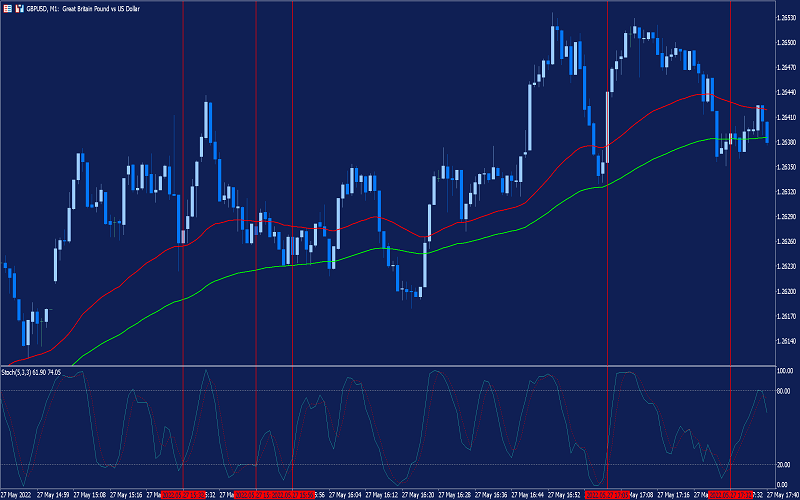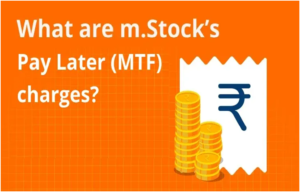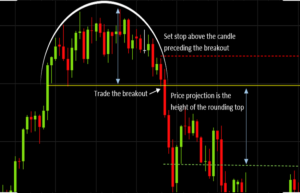How to Implement Scalping in Your CFD Trading Plan
4 min read
Scalping is a trading strategy well-suited for the fast-paced environment of Contracts for Difference (CFD) trading. It involves taking advantage of small price movements over short timeframes to generate quick profits. In this comprehensive guide, we will explore how to effectively implement scalping into your CFD trading plan, covering strategy development, execution techniques, risk management, overcoming challenges, and leveraging advanced tactics.
Understanding Scalping Strategy
So, what is scalping?Scalping stands apart from traditional trading methods like day trading or swing trading by focusing on rapid turnover and capturing small price differentials. Traders who employ scalping typically hold positions for very short periods, ranging from seconds to minutes, aiming to capitalise on immediate market inefficiencies.
Key Elements of a Scalping Strategy
Successful scalpers often utilise extremely short time frames such as 1-minute or 5-minute charts. These time frames provide a close-up view of price action, allowing traders to spot and capitalise on fleeting opportunities. High volatility and liquidity are essential for scalping, as they facilitate frequent price movements and ensure there is sufficient market depth to execute trades swiftly.
Not all CFD instruments are conducive to scalping. Currency pairs (forex), major indices, and highly liquid commodities are popular choices due to their consistent price movements and tight spreads. Scalpers should consider factors like average daily volatility and spread size when selecting instruments to trade, as these directly impact profitability in scalping.
Technical analysis plays a crucial role in scalping strategies. Traders often rely on indicators such as Relative Strength Index (RSI), Moving Average Convergence Divergence (MACD), and simple moving averages to identify entry and exit points. Additionally, understanding price action patterns and volume trends enhances decision-making accuracy in fast-moving markets.
Developing Your Scalping Plan
Clarity in objectives is fundamental to successful scalping. Define specific profit targets and maximum acceptable losses for each trade. Establishing clear entry and exit criteria based on technical indicators helps maintain discipline and consistency in trading execution. Rules should also account for adjusting strategies in response to changing market conditions.
Effective risk management is critical in scalping due to its high-frequency nature. Maintaining a favourable risk-reward ratio, typically aiming for at least 1:2, helps ensure that potential gains outweigh losses. Implementing stop-loss orders to limit downside risk and calculating position sizes relative to account equity are practical risk management techniques for scalpers.
Before executing live trades, backtesting your scalping strategy using historical data is essential. This process reveals the strategy’s strengths and weaknesses, allowing adjustments to optimise performance. Continuous refinement based on real-time market feedback and performance metrics ensures adaptability and improves the strategy’s efficacy over time.
Execution and Implementation
Executing scalping trades requires rapid decision-making and disciplined execution. Maintain focus amid market volatility by adhering strictly to pre-defined trading rules and avoiding emotional responses to price fluctuations. Monitor multiple screens for real-time price action and news updates relevant to selected instruments to capitalise on fleeting opportunities.
Real-time monitoring of trades is crucial in scalping to manage open positions effectively and capture profitable opportunities as they arise. Being agile in adjusting strategies based on evolving market dynamics, such as sudden changes in volatility or liquidity, ensures continued profitability and minimises potential losses.
Common Challenges and How to Overcome Them
Scalping is sensitive to transaction costs, primarily spread and slippage. Choosing a reputable broker offering competitive spreads and fast execution speeds can mitigate these costs. Utilising limit orders instead of market orders and understanding market depth can help minimise slippage during volatile trading conditions.
The fast-paced nature of scalping can induce stress and emotional trading responses. To mitigate psychological challenges, practice mindfulness techniques, maintain a calm demeanour, and take breaks during trading sessions. Building confidence through consistent practice and adherence to a well-developed strategy fosters disciplined trading habits.
Advanced Techniques and Strategies
Economic reports and geopolitical events can trigger significant price movements ideal for scalping. Advanced scalpers develop strategies that anticipate market reactions to news releases, exploiting volatility while managing risk effectively. However, caution is advised due to heightened market uncertainty and the potential for sudden reversals.
Automation through algorithmic trading or trading bots streamlines scalping processes by executing trades based on predefined criteria. Automated systems offer speed and efficiency in trade execution, potentially reducing human error. However, continuous monitoring is essential to ensure algorithms align with current market conditions and adjust settings as needed.
Conclusion
Scalping in CFD trading presents opportunities for traders seeking quick profits from short-term price movements. By mastering the fundamental elements of scalping strategy, developing a structured trading plan, and effectively managing risks and challenges, traders can enhance their profitability in this dynamic trading approach. Embrace continuous learning, adaptability to market conditions, and disciplined execution to navigate the complexities of scalping. With dedication and practice, scalping can become a valuable addition to your trading toolkit, offering potential rewards commensurate with the effort invested.







